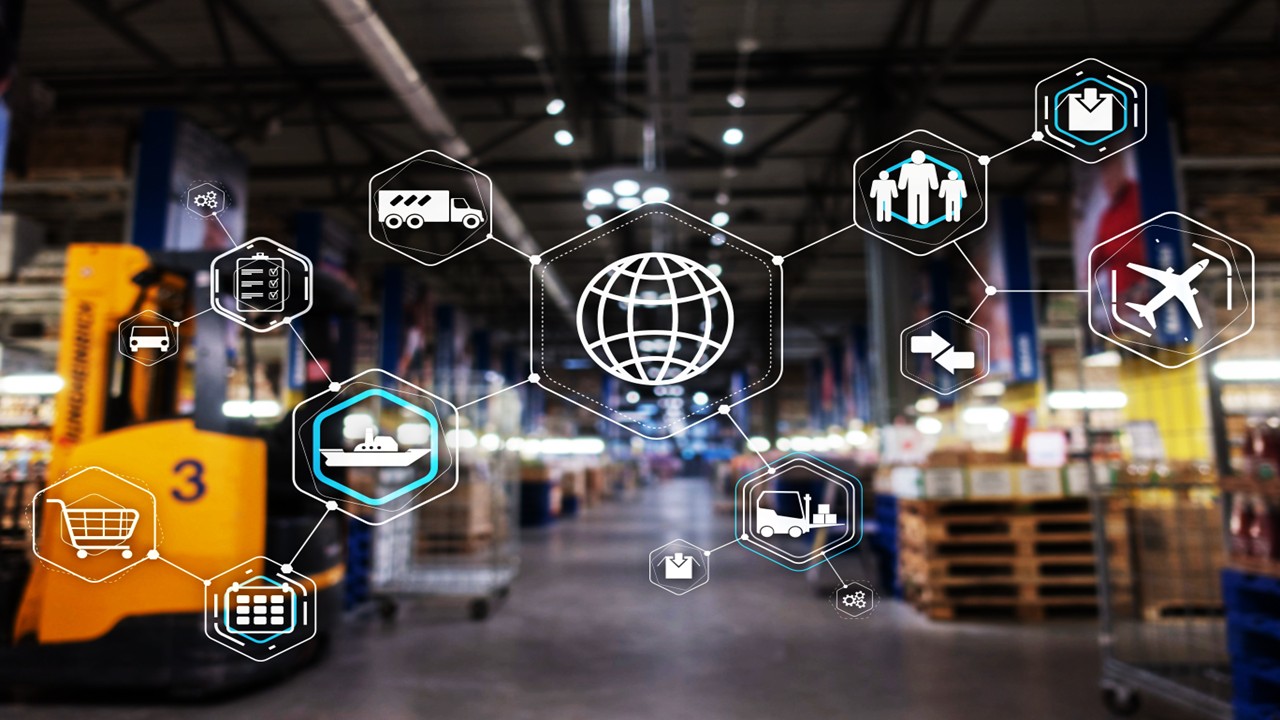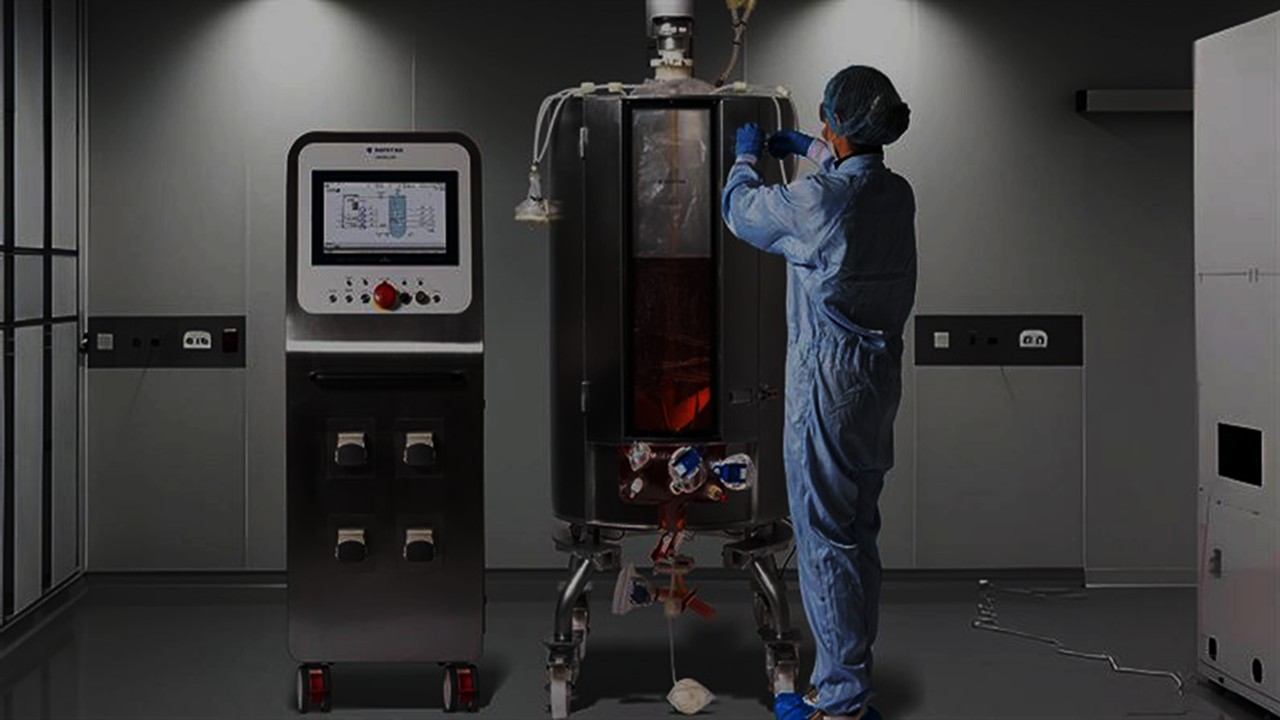The Silent Threat in Transit: Why Active Pharmaceutical Ingredients Are Vulnerable
The journey of an active pharmaceutical ingredient (API) from synthesis facility to formulation site may seem uneventful on paper, but every kilometer traveled is a physiological test against thermal stress, humidity shock, mechanical agitation, and time decay. APIs, especially those destined for high-sensitivity biologics or complex oncological treatments, are notoriously fickle when subjected to ambient variability. Without proper environmental oversight, degradation can initiate before the cargo even lands at the port, compromising not only molecular integrity but also regulatory compliance and patient safety. The complexity arises not merely from maintaining a cold chain but from preserving the physicochemical fingerprint that defines an API’s therapeutic potency. While passive cooling solutions have historically sufficed for short-range transport, globalized manufacturing now places APIs in transit for extended durations, often across customs zones with wildly varying infrastructure capabilities.
As API shipments expand across continents—traversing zones from sterile cleanrooms in Singapore to vial-filling hubs in Ireland—the probability of breach in storage conditions increases with every cross-dock transfer. It’s not only the temperature excursion that’s at stake; fluctuations in atmospheric pressure and exposure to light can provoke polymorphic transitions in solid APIs or trigger oxidative pathways in liquid formulations. Furthermore, traditional loggers that document post-event breaches are no longer acceptable in an industry governed by predictive quality systems and real-time decision-making. Regulatory bodies, particularly those enforcing GDP (Good Distribution Practice), now demand live visibility into temperature, shock, and even vibration events to safeguard pharmacokinetic fidelity during shipment. The stakes are not merely economic but existential for therapies where dose precision defines efficacy and safety margins.
What emerges is an ecosystem problem—one that cannot be solved by packaging innovation alone. It demands a systems-level solution that bridges materials science, data engineering, pharmaceutical chemistry, and logistics coordination. This is where real-time monitoring systems—sensor-integrated, cloud-connected, and algorithmically intelligent—begin to play a transformative role. These platforms allow not just for continuous environmental mapping but for shipment intelligence that learns, alerts, and adapts in real time. They do not merely watch—they intervene by triggering responses that cascade through the supply chain, from warehouse to distribution hub, in seconds.
Sensor Intelligence in Motion: The Architecture of a Monitoring Ecosystem
At the core of any real-time monitoring system lies a dense architecture of calibrated microelectromechanical sensors engineered to detect infinitesimal deviations in temperature, humidity, pressure, light exposure, and movement. These sensors are often embedded within data loggers or modular tracking devices that accompany the API container throughout its journey. Unlike traditional passive data loggers, these systems transmit continuously, often using GSM, LTE, or LPWAN (Low-Power Wide-Area Network) protocols to send real-time telemetry to cloud-based dashboards accessible by supply chain managers, regulatory officers, and quality assurance personnel. The sensors, often powered by high-durability lithium batteries, are designed to last weeks in transit, enabling uninterrupted surveillance of shipments that cross borders, oceans, and hemispheres.
What makes this system intelligent isn’t merely its ability to sense but to compute. Edge computing modules within the device preprocess environmental data, reducing transmission loads and enabling localized anomaly detection before the data ever hits the cloud. These localized AI engines can differentiate between tolerable mechanical jostling and high-impact shocks indicative of mishandling or drops. They can flag a thermal deviation before it becomes a temperature excursion, allowing personnel to adjust cold chain parameters in near real time—sometimes even rerouting shipments dynamically. At scale, this architecture begins to behave less like a shipping system and more like a living organism: sensing, processing, and acting across thousands of logistical arteries in synchronous harmony.
From a pharmaceutical engineering perspective, the integrity of the monitoring system hinges on calibration, redundancy, and robustness. Each sensor must undergo traceable calibration against international standards and be shielded from electromagnetic interference that may corrupt data signals during customs scanning or airport tarmac exposure. Devices are often hermetically sealed and ruggedized to withstand mechanical vibration during long-haul freight or maritime shipments. Some employ multichannel thermal probes embedded at different depths in the pallet to model core and surface temperatures, ensuring that deep-freeze APIs like monoclonal antibodies or peptide APIs do not degrade from unnoticed thermal gradients within the container mass.
Real-Time Data Streams: The Neural Pathways of Predictive Intervention
Real-time monitoring systems do not function in isolation—they serve as the central nervous system for an intelligent logistics framework, enabling predictive and even preemptive action. When a deviation is detected, the system does not simply notify—it quantifies risk by overlaying stability profiles and pharmacokinetic degradation models onto the environmental data stream. This allows stakeholders to perform on-the-fly quality risk assessments, determining whether an excursion remains within the statistically safe window or necessitates batch quarantine. This functionality is particularly essential for APIs with narrow therapeutic indices, such as calcineurin inhibitors or peptide-based antivirals, where even subclinical degradation could lead to suboptimal efficacy or immunogenicity.
The software layer that interprets this telemetry is where pharmaceutical supply chains distinguish themselves from standard logistics operations. Specialized platforms are programmed with custom stability thresholds, excursion buffers, and geo-flagging protocols that trigger alerts not just on temperature or shock, but on contextual anomalies such as delayed clearance at high-temperature airports or idling at non-refrigerated distribution centers. In more advanced systems, AI engines build behavioral maps for recurring routes—identifying choke points, high-risk lanes, and seasonal vulnerabilities—allowing logistics coordinators to optimize future routes and avoid systemic risk.
What this convergence accomplishes is a dramatic shift from reactive quality control to proactive quality assurance. Pharmaceutical companies are no longer blind to what happens between points A and B; they are now able to oversee the pharmacological fate of a shipment in real time and act with the precision of a command center. Whether it means activating a local courier to replace a faulty cooling pack or diverting a pallet to a regional hub before degradation occurs, the decision window collapses from days to minutes. This real-time responsiveness redefines regulatory compliance, no longer as a checkbox but as an operational philosophy rooted in continuous vigilance.
Integrating the Monitoring Spine into GDP and GMP Systems
Integration of real-time monitoring systems within the broader scaffolding of pharmaceutical quality systems—specifically Good Distribution Practice (GDP) and Good Manufacturing Practice (GMP)—demands more than a technical overlay; it requires structural interoperability with regulatory, documentation, and release processes. GDP standards stipulate that every link in the distribution chain maintains traceable control over environmental conditions; however, traditional documentation via shipping manifests and post-shipment data logs has proven insufficient. With real-time systems, regulatory auditors are provided not only with logged environmental curves but with continuous, tamper-proof data chains that can be time-stamped, geolocated, and verified across every checkpoint.
What this means in practice is a collapse of the time lag between deviation detection and corrective action. Instead of discovering a breach upon delivery and triggering a retrospective investigation, quality assurance teams can respond mid-transit, making decisions aligned with the batch’s specific stability protocols. Moreover, some platforms now offer blockchain-enabled data integrity, ensuring that data collected en route cannot be falsified or retroactively edited—an assurance that becomes critical during product recalls, regulatory inspections, or pharmacovigilance audits. APIs with controlled substances, or those designated as investigational drugs under early-phase clinical trials, benefit especially from such non-repudiable audit trails.
This integration, however, is not seamless by default. It requires data architecture alignment with LIMS (Laboratory Information Management Systems), ERP (Enterprise Resource Planning) platforms, and QMS (Quality Management Systems). Pharmaceutical firms must co-develop API-specific data schemas that allow environmental records to be ingested into batch release documentation, change control protocols, and stability testing records. Only then can a monitoring system transition from a logistics tool into a critical node in the pharmaceutical quality web, ensuring that no compound’s efficacy, no matter how fleeting, escapes vigilance.
Clinical Trial APIs and the Need for Higher-Order Transparency
Nowhere is the importance of real-time monitoring more acute than in the transport of APIs for clinical trials, particularly those in early phases where batch size is limited, cost per gram is astronomically high, and time to administration is critically short. In this context, every shipment is a make-or-break scenario for a therapeutic hypothesis. Failures in transit can mean delayed dosing, protocol deviations, and statistical erosion of trial power. The fragility of early-phase biologics—especially those involving lipid nanoparticles, antisense oligonucleotides, or novel peptide scaffolds—requires real-time telemetry that doesn’t just monitor, but contextualizes data against pharmacodynamic models and clinical dosing timelines.
Sponsors and CROs (Contract Research Organizations) are now embedding monitoring protocols directly into trial master files (TMFs), incorporating route maps, sensor logs, and deviation risk matrices into regulatory documentation for submission to ethics boards and oversight agencies. This offers trial administrators an unprecedented view into the operational health of their trial infrastructure, enabling them to align pharmacy dosing schedules with real-time shipment ETA and stability status. It also helps enforce investigational product accountability, especially in decentralized or multinational trials where handoffs occur across disparate regulatory zones.
The psychological aspect is not trivial either. Investigators, site pharmacists, and principal investigators gain confidence when live updates assure them that their investigational product remains uncompromised despite crossing eight time zones and three weather systems. This trust bolsters protocol adherence and improves patient safety margins. Most importantly, it preserves the scientific integrity of trials whose outcomes depend as much on logistics precision as on molecular ingenuity.
Toward a Harmonized Digital Cold Chain: The Future of API Surveillance
The endgame for real-time monitoring of API shipments is not the device or the dashboard, but a harmonized digital infrastructure that renders temperature excursions obsolete through preemptive foresight. Future systems will likely integrate digital twins of each shipment—virtual models that simulate thermal behavior, route dynamics, and risk exposure in parallel with physical transit. These twins, powered by AI and fed by global shipping data, can model degradation curves in silico and predict weak points days before any event unfolds. They allow for virtual stress testing of routes, containers, and handling procedures in ways that outpace the physical constraints of current logistics.
Advanced predictive engines will eventually dovetail with autonomous logistics—drones, self-driving reefer trucks, and AI-driven warehouse robots—that respond in real time to API health metrics. A drop in container pressure or a spike in shock force won’t just trigger an alert; it will reroute the shipment, deploy a mobile refrigeration unit, or trigger on-site pharmacist intervention automatically. Human oversight will shift from manual response to systems-level coordination, focused more on optimizing the system than reacting to its failures.
As this ecosystem matures, regulators may begin to recalibrate their frameworks, recognizing real-time monitoring not as a luxury, but as a compliance requirement. Much like electronic batch records or automated release testing, sensor-based API surveillance will become a normative expectation in the life sciences sector. And as pharmaceutical supply chains lean deeper into this hybrid of digital vigilance and chemical stewardship, the question will no longer be whether we can monitor APIs in real time—but whether we can afford not to.
Engr. Dex Marco Tiu Guibelondo, B.Sc. Pharm, R.Ph., B.Sc. CpE
Editor-in-Chief, PharmaFEATURES

Subscribe
to get our
LATEST NEWS
Related Posts

AI, Data & Technology
Graph Theory Meets the Genome: How AI is Rewriting the Future of Drug Discovery
AI is not replacing scientists. It is rebuilding the laboratory itself—line by line, node by node, graph by graph.

AI, Data & Technology
Precision in Three Dimensions: A Novel Approach to Tumor Resection and Reconstruction of the Femoral Trochanter
The integration of digital modeling and personalized guides into the surgical workflow transforms the execution of tumor resection and reconstruction.
Read More Articles
Mini Organs, Major Breakthroughs: How Chemical Innovation and Organoids Are Transforming Drug Discovery
By merging chemical innovation with liver organoids and microfluidics, researchers are transforming drug discovery into a biologically precise, patient-informed, and toxicity-aware process.
Tetravalent Vaccines: The Power of Multivalent E Dimers on Liposomes to Eliminate Immune Interference in Dengue
For the first time, a dengue vaccine candidate has demonstrated the elusive trifecta of broad coverage, balanced immunity, and minimal enhancement risk,













